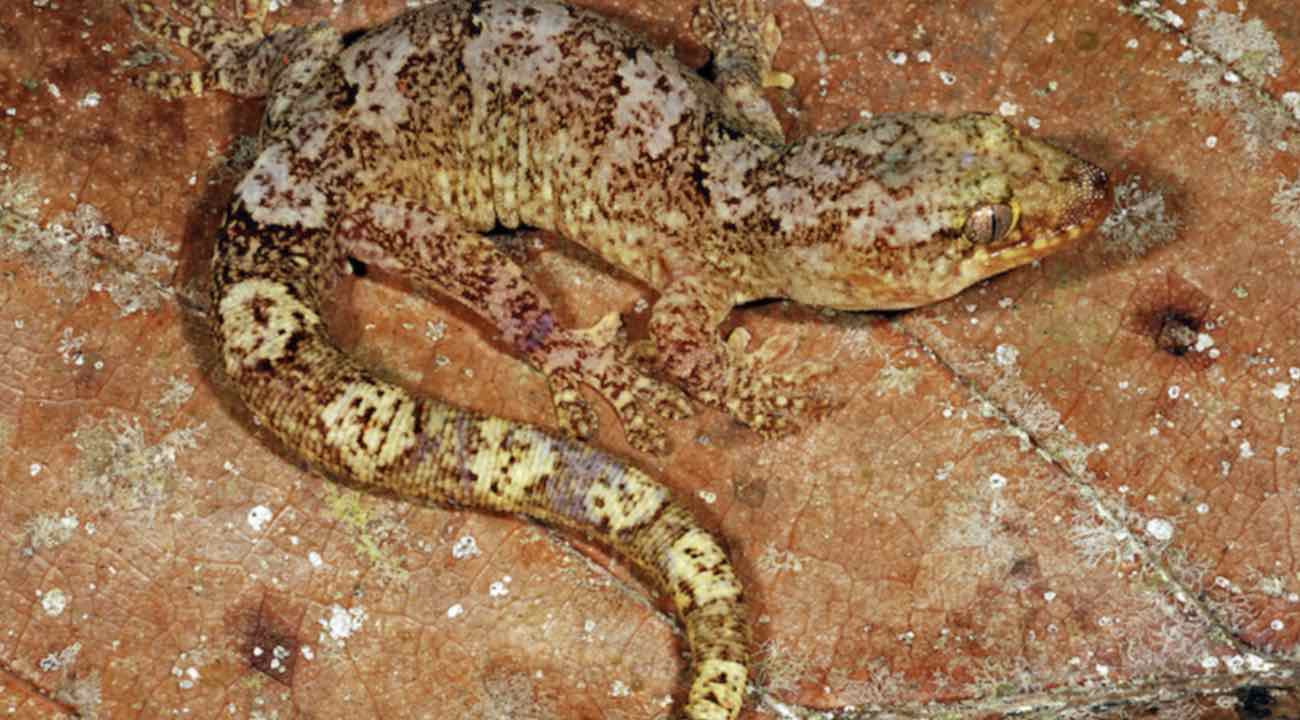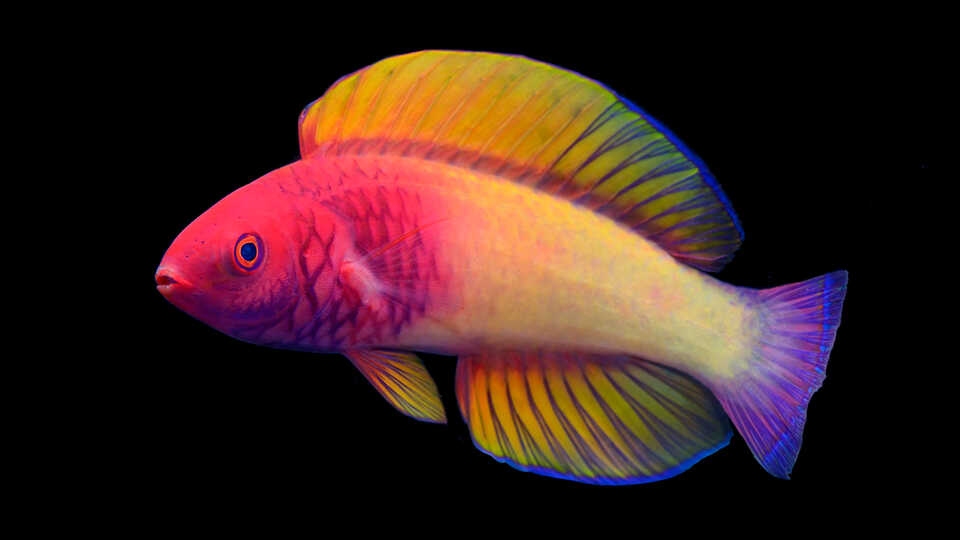
Proving that our vast planet still harbors unexplored places with never-before-recorded plants and animals, 146 new species were added in 2022 to the scientific database of biodiversity.
The new species reported by researchers at the California Academy of Sciences include fish, rays, lizards, spiders, scorpions, and plants.
The new branches added to our tree of life include 44 lizards, 30 ants, 14 sea slugs, 14 flowering plants, 13 sea stars, seven fishes, four sharks, four beetles, three moths, three worms, two scorpions, two spiders, two lichens, one toad, one clam, one aphid, and one sea biscuit.
Scientists made their finds across six continents and three oceans, from isolated mountain peaks to hundreds of feet beneath the ocean’s surface.
For instance, New Caledonia in the Pacific is now known to be the home of 28 new species of Bavayia gecko—which more than doubles the number discovered.
“Though all species within the genus physically look quite similar, we discovered they are in fact genetically distinct,” reports Academy researcher Dr. Aaron Bauer.
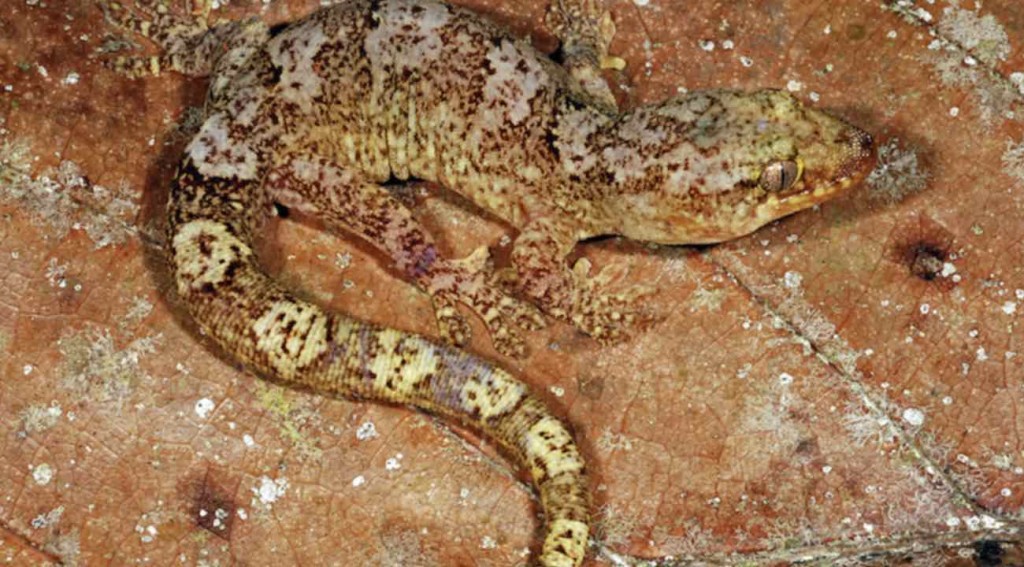
“Nearly every mountain in New Caledonia hosts a unique Bavayia species.”
One plant, the Minnesota Mountain onion, was discovered during a helicopter trip through California’s Klamath Mountains.
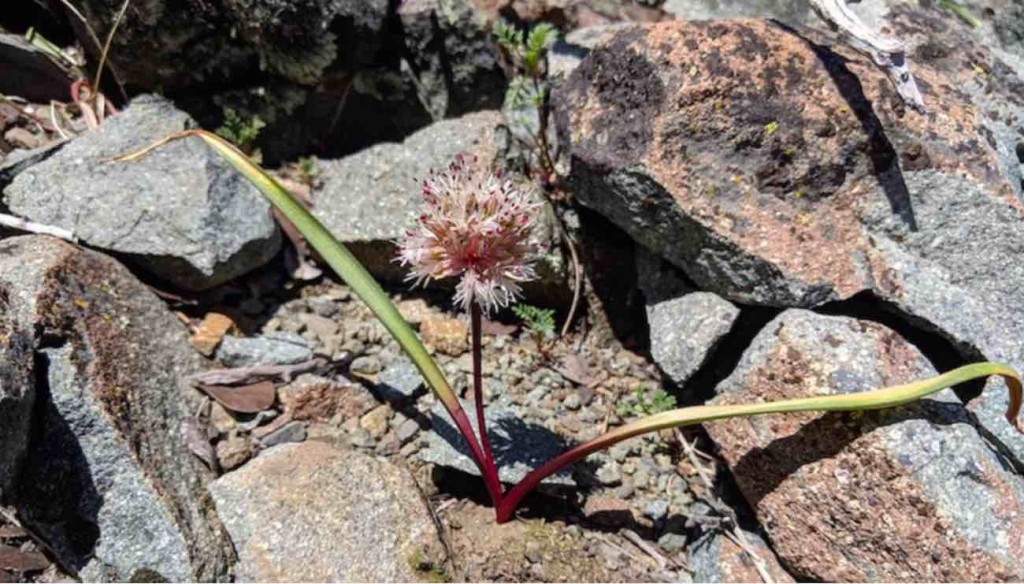
Academy Research Associate Julie Kierstead recalls, “The pilot decided to put us down on Minnesota Mountain for a half hour or so. It was really in the middle of nowhere.”
As Julie walked around the loose rocks she noticed an unfamiliar species of allium, the group of flowering plants including onions, garlic, and shallot, in bloom.
After searching the mountain range further another small patch was found on the summit of nearby Salt Creek Mountain. Both peaks are located within a microclimate receiving higher rainfall than that of the surrounding region, allowing certain species such as this onion to thrive.
“As far as we know, the Minnesota Mountain onion can only be found on these two neighboring peaks.”
Academy Curator of Invertebrate Zoology, Dr Terry Gosliner, discovered 14 new-to-science sea slugs from the Indo-Pacific region.
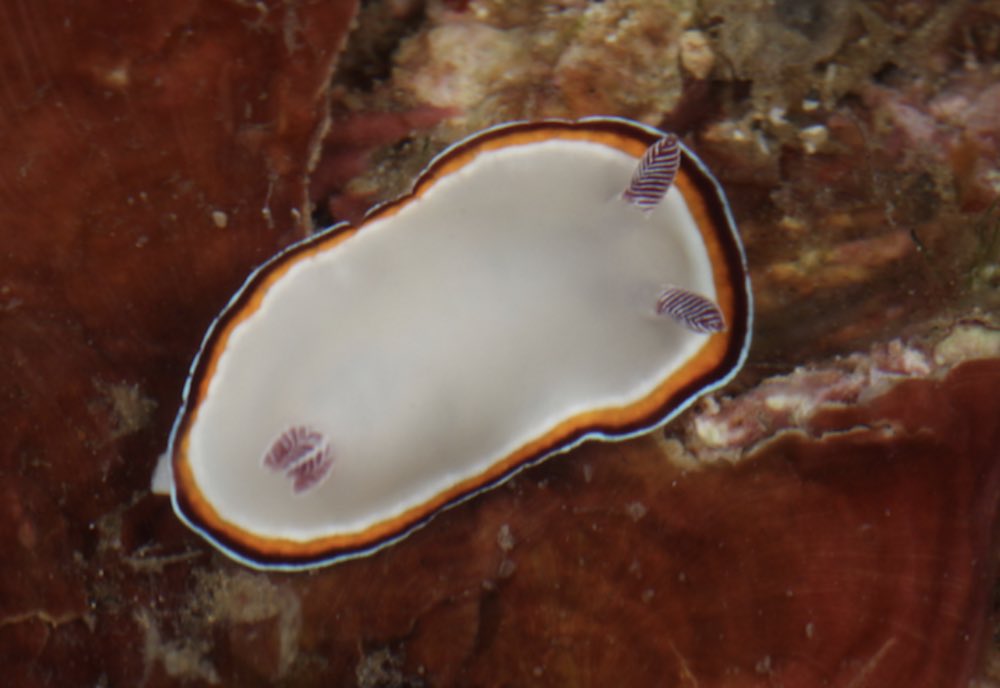
But it wasn’t just academics discovering new species. San Francisco-area high school students Harper Forbes and Prakrit Jain discovered two new-to-science scorpions—small, desert-dwellers from the dry, salty lake beds of Central and Southern California.
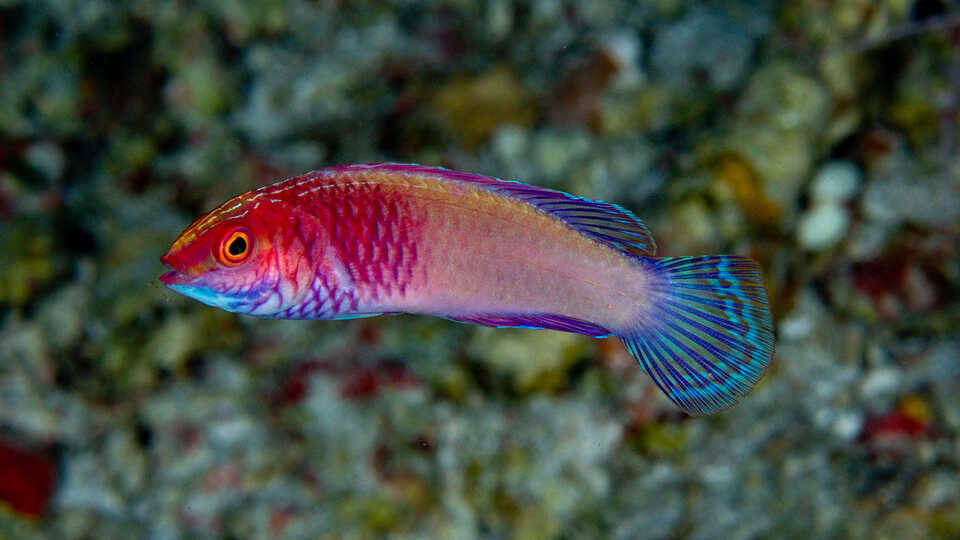
Also new is the beautiful Rose-veiled Fairy Wrasse, the first fish discovered by a local scientist in the Maldives—a mesmerizing find reported by GNN in March that was named after the country’s national flower, a rose.
THIS IS BIG: Baby Galápagos Pink Iguanas Seen for First Time Ever—Offering So Much Hope For Species
“Biodiversity science is at the forefront of global conservation action and is key in unifying nations and equipping them with the tools and information necessary to reverse species extinction rates,” said Academy Chief of Science Dr. Shannon Bennett.
In 2021, the California Academy reported 70 new species were discovered—including 2 guitarfish and a pink pygmy pipehorse
MAKE Someone’s Day by Sharing the Species News on Social Media…




















